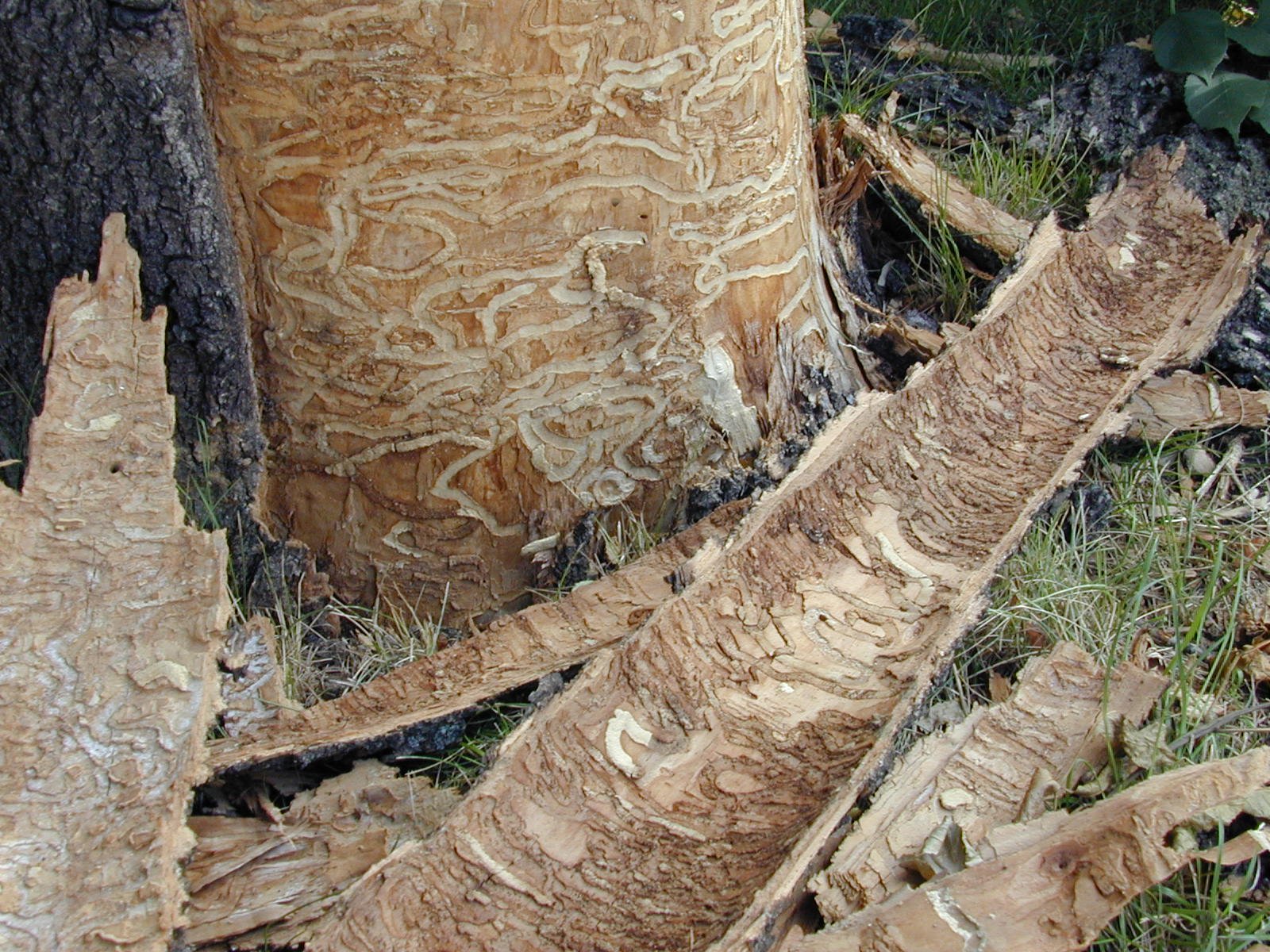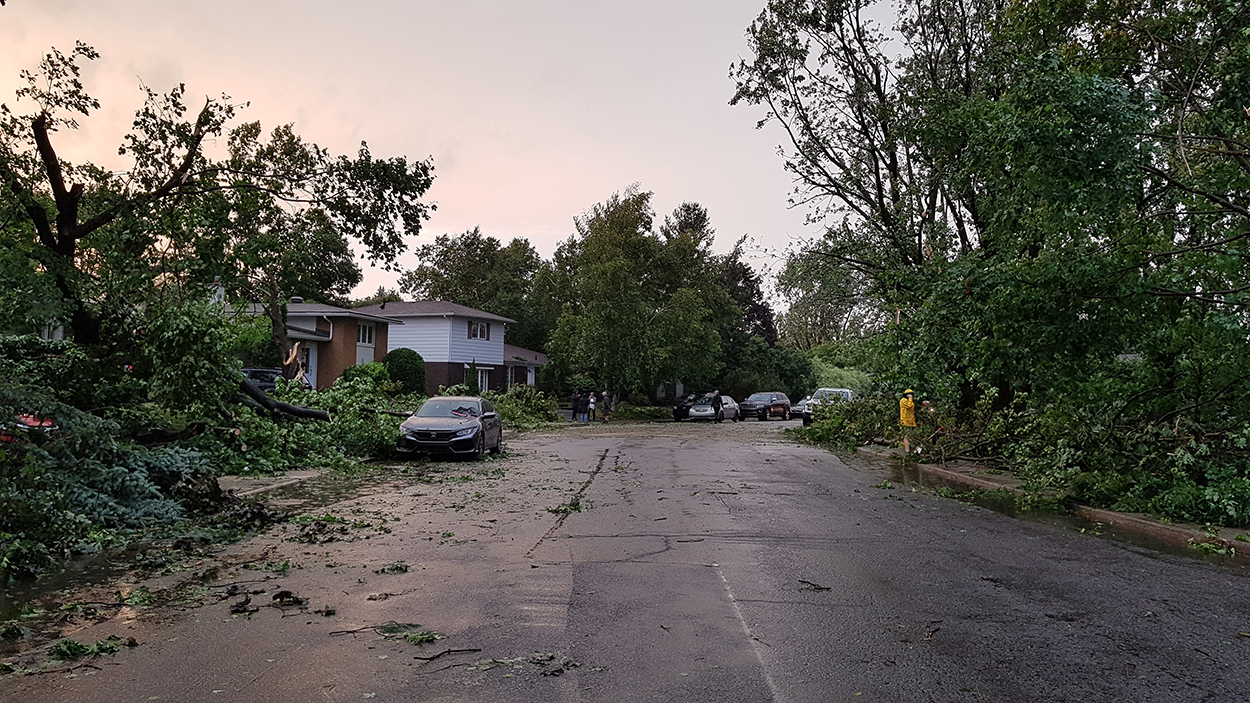Apply For Funding
We are now accepting request for proposals for 2026 Operation ReLeaf projects!
Tree Canada welcomes proposals for recovery projects from municipalities, Indigenous communities, and environmental organizations interested in funding.
Once an online form has been submitted, our team will carefully assess each project proposal and contact eligible projects for further information and project development.
Operation ReLeaf projects are planted during each location’s suitable planting seasons. The quantity of trees to be planted will be determined by the size of the trees and the proposed budget.

